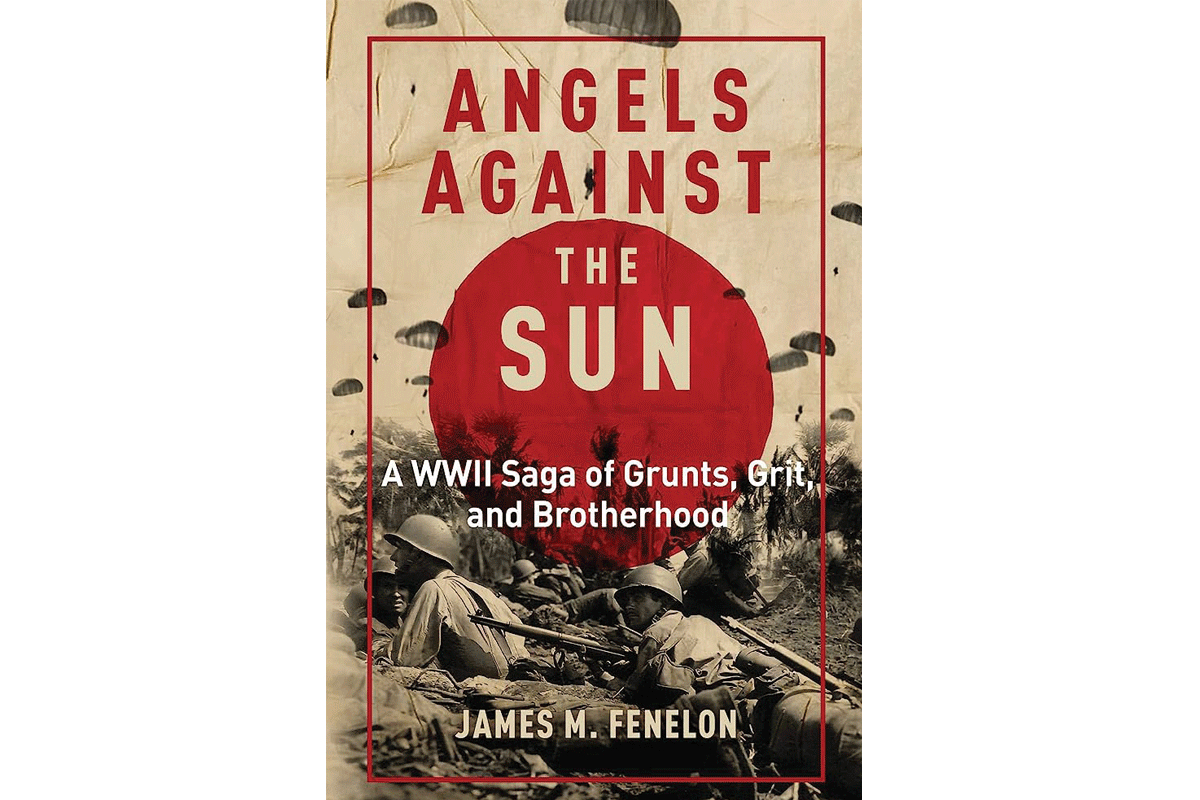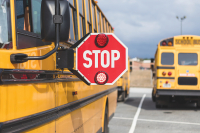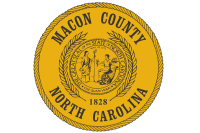War history cites brotherhood, and bloodshed

Sometimes we read certain histories — Scott’s expedition to Antarctica, for example, or Washington’s troops at Valley Forge, or the prisoners in the Soviet gulag — and are stunned by the endurance and courage of the human spirit.
We put aside some account of the 1916 Battle of the Somme, when charging British troops fell like wheat before the thresher of German machine guns, and wonder what force of will and heart led those soldiers forward into death.
James Fenelon’s “Angels Against the Sun: A WWII Saga of Grunts, Grit, and Brotherhood” (Regnery History, 2023, 528 pages) rouses this same sense of astonishment. This is the history of the newly formed 11th Airborne Division, the “Angels,” and their bloody, bitter fighting against Japanese forces in the Philippines during the last year of World War II. That sun, by the way, refers not only to the searing heat of the Pacific, but to the Rising Sun, the flag and emblem of Japan.
These battles on the islands of Leyte and Luzon, which included the terrible street fighting in the capitol, Manila, ranged from artillery duels to hand-to-hand combat with bayonets, knives, and fists. The Japanese practices of taking no prisoners and of pretending to surrender only to pull out a concealed grenade to take one more American with them into the grave led to a brutal “no quarter” policy of warfare on both sides.
Japanese and American racial and cultural hatred exacerbated these cruelties. Torturing their American captives before finally killing them, for instance, outraged the soldiers of the Airborne division, and the Japanese atrocities inflicted on civilians in Manila brought that rage to a white heat. At one Red Cross facility, rampaging Japanese soldiers bayoneted women and children, including a 10-day-old infant. Fenelon cites First Lieutenant Kirkland’s description of one room in this aid station, “crammed with women of all ages,” where the atrocities beggar belief and are too gruesome to repeat in this review. As Kirkland later noted, “The Japanese had simply gone berserk in the center city, raping and killing with a childish, mindless ferocity that forever blotted their absurd claim to be a superior race. We certainly treated them as vermin to be destroyed from then on.”
In the midst of all this brutality, however, we also find bravery.
Related Items
Here’s just one of many examples of this courage cited in “Angels Against the Sun.” On Luzon, 31-year-old private Elmer Fryar, an “old man” in his company, shot and killed multiple enemy soldiers trying to overwhelm his platoon, then dragged a wounded man to safety and dressed his wounds. He was shot down saving the life of his platoon leader when a Japanese soldier charged out of the undergrowth. “Fryar sprung between the two men, taking the full burst in his chest and stomach. Slumping to the ground, Fryar’s final effort was pulling the pin of a grenade and killing his assassin.”
In addition to battling the Japanese, the soldiers of the 11th also fought the terrain and the weather. Those of us who have never experienced combat — less than seven percent of Americans are veterans, with far fewer having seen action — watch movies or play digital games about war, yet we rarely appreciate the enormous impact of the environment and logistics on victory and defeat.
Here Fenelon does readers a great service. He describes the monsoons that made sleep impossible and turned pathways and roads into mudholes. He shows us the exhaustion that results from climbing steep hills under fire or patrolling jungle trails where every bend might bring an ambush. At one point, these troopers were so ill-supplied that weapons, foods, and medicines were dropped from aircraft, sometimes without parachutes, a practice which brought much-needed help but which also killed several soldiers on the ground.
Like other books on war, “Angels Against the Sun” also investigates the bonds of friendship that united these men. Many had joined up out of patriotism, wanting to serve their country and defeat its enemies, but that motivation became secondary once the guns began firing. “When you’re engaged in a fight for your life,” Robert Marich told Fenelon, “you don’t think about mother, God, country, and the flag and all of that…The only thing you’re worried about is getting killed, and your buddy next to you getting killed. You have a friend there that’s like a brother.”
“Angels Against the Sun” is in large part the story of ordinary young men performing extraordinary deeds. On finishing the book, I wondered whether America still produces enough men such as these to fight a major war. As I already knew, 77% of today’s young people are ineligible to join the military, without a waiver. Obesity is the single largest road block to enlistment, followed by drug abuse, other mental and physical problems, and a criminal record.
Moreover, of the minority of young Americans who do qualify, fewer are considering the military an option. Reasons given for this lack of volunteers range from the greater number of job opportunities in the civilian sector to a falling off of patriotism along with what is perceived as an increased politicization of the military, particularly in the upper echelons. The consequence? The armed forces are having trouble filling their ranks.
Fenelon’s “Angels” points us back to the heroes of 70 years ago who gave their youth and blood to bring an awful war to its conclusion, but is also an implicit signal to the present to encourage physical health, courage, and love of country in our young people, not only for making war, but for living a better life.
(Jeff Minick reviews books and has written four of his own: two novels, “Amanda Bell” and “Dust On Their Wings,” and two works of nonfiction, “Learning As I Go” and “Movies Make the Man.” This email address is being protected from spambots. You need JavaScript enabled to view it..)









